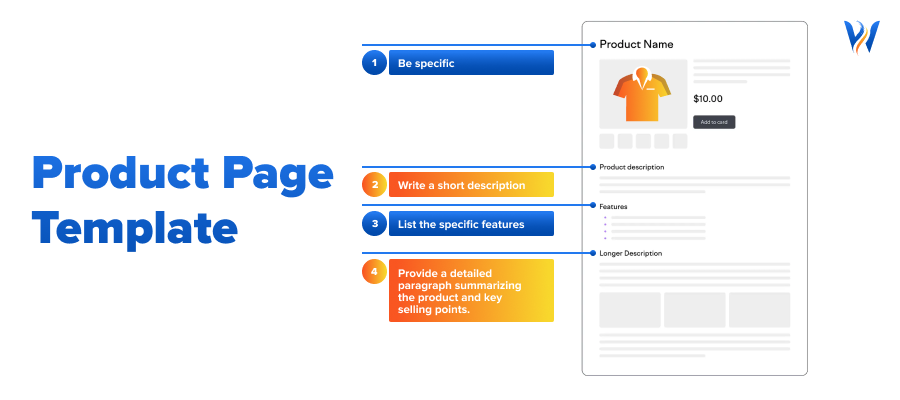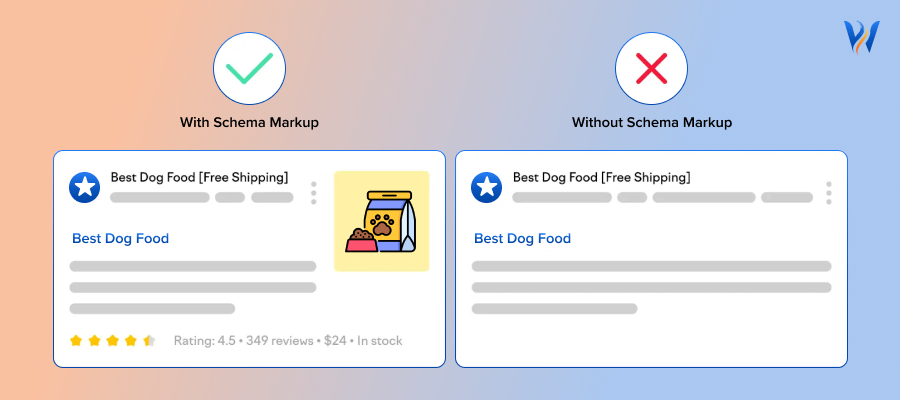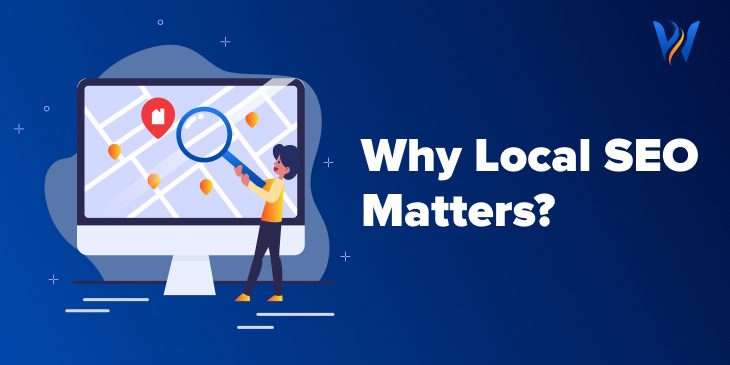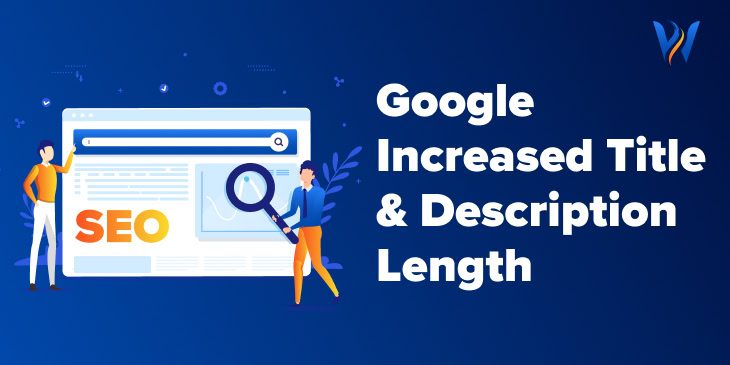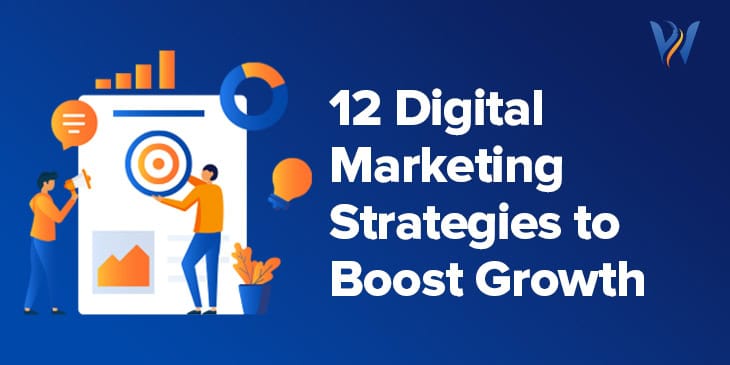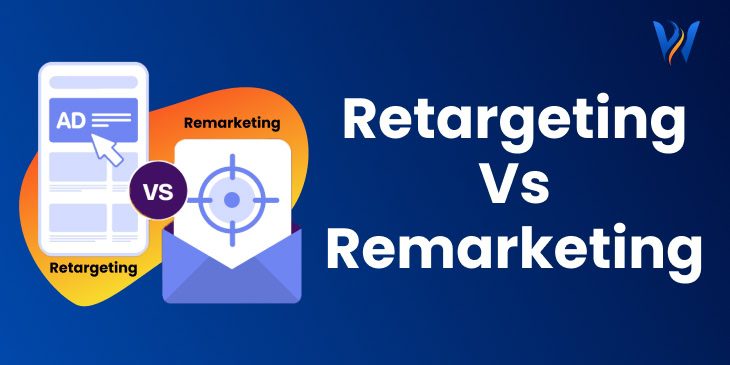What is E-commerce SEO?
Ecommerce SEO is the process of optimizing your online store to improve its visibility on search engines, making it easier for potential customers to find your products. It focuses on enhancing the performance of product and category pages, ensuring they are keyword-rich, user-friendly, and tailored to meet search intent. By improving these key areas, ecommerce SEO drives organic traffic, boosts sales, and helps establish a strong online presence in a competitive marketplace.
Key Components of Ecommerce Strategy:
- Optimizing Product Pages: Craft unique product descriptions, optimize meta tags, and use high-quality images.
- Improving Site Architecture: Ensure logical navigation and clean URLs.
- Implementing Schema Markup: Display rich snippets like reviews, pricing, and availability.
- Driving Conversions: Attract high-intent users with transactional keywords.
Unlike SEO for blogs or service-based websites, e-commerce SEO focuses heavily on product visibility and user experience. This means creating pages that satisfy both search engine algorithms and customer needs.
Why Is E-commerce SEO Important?
E-commerce SEO is the backbone of your store’s online visibility and growth. It ensures your products are easily discoverable by potential customers, helping you drive traffic, increase sales, and stay ahead of the competition. Here’s why it’s a must-have for your business:
1. Increased Visibility
Over 90% of users never click past the first page of search results. Ranking higher ensures your store gets the attention it deserves.
2. Cost-Effective Marketing
Unlike paid ads, SEO provides long-term results without the need for continuous investment. Once optimized, your pages continue to drive traffic.
3. Higher Conversion Rates
By targeting keywords with purchase intent (e.g., “buy organic skincare products”), you attract users ready to make a purchase.
4. Better User Experience
Search engines prioritize websites that load quickly, are mobile-friendly, and have a logical structure—factors that also improve customer satisfaction.
Step-by-Step Guide to E-commerce SEO
1. Conduct Keyword Research
Effective keyword research is the cornerstone of a successful SEO strategy. Your goal is to identify the terms potential customers use when searching for products online.
Steps to Perform Keyword Research:
- Identify Intent: Focus on transactional keywords like “buy,” “best,” and “cheap.”
- Use Tools: Utilize platforms like Google Keyword Planner, Ubersuggest, and AnswerThePublic to find high-traffic keywords.
- Analyze Competitors: Check what keywords competitors rank for using tools like Ahrefs or SEMrush.
Example:
For a store selling hiking boots, target keywords like:
- “Best waterproof hiking boots for women.”
- “Affordable lightweight hiking boots.”
- “Buy trail running shoes online.”
Pro Tip: Don’t limit yourself to product keywords. Include informational keywords to attract users at different stages of the buying journey, such as “how to clean hiking boots.”
2. Optimize Product Pages
Your product pages are the foundation of your e-commerce site. Optimizing them ensures they rank higher and convert better.
Key Elements to Optimize:
- Meta Titles and Descriptions: Include primary keywords and highlight unique selling points (USPs).
- Unique Product Descriptions: Avoid generic manufacturer descriptions. Highlight benefits, features, and use cases.
- Images and Alt Text: Use high-resolution images, optimize file sizes for speed, and include descriptive alt text.
Example:
Generic Description: “High-quality running shoes.” Optimized Description: “These lightweight running shoes feature advanced cushioning for maximum comfort, making them perfect for long-distance runners.”
- Customer Reviews and Ratings: Display reviews to build trust and improve click-through rates.
- Internal Linking: Link to related products or blog posts to guide users further into your site.
3. Create a User-Friendly Site Structure
A clear site structure helps both users and search engines navigate your website effectively. It ensures that every page on your site can be easily found and indexed.
Best Practices:
- Use a hierarchical structure with categories, subcategories, and product pages.
- Implement breadcrumb navigation to show users their current location.
- Keep URLs short, descriptive, and keyword-rich (e.g., example.com/men/running-shoes).
Example:
Instead of a cluttered structure with disorganized categories, create intuitive categories like:
- Men > Shoes > Running Shoes
- Women > Accessories > Backpacks
4. Focus on Technical SEO
Technical SEO ensures your website is fast, mobile-friendly, and easily crawlable by search engines.
Technical SEO Checklist:
- Mobile Optimization: Over 50% of traffic comes from mobile. Use responsive designs and test usability with Google’s Mobile-Friendly Test.
- Page Speed: Compress images, enable caching, and reduce unnecessary JavaScript to improve load times.
- Sitemaps: Submit XML sitemaps to search engines to help them crawl your site.
- SSL Certificate: Use HTTPS to secure your site and build trust with customers.
Pro Tip: Use tools like Google PageSpeed Insights and GTmetrix to quickly identify and resolve performance issues.
5. Leverage Content Marketing
Content marketing is one of the most effective ways to attract organic traffic and establish your authority in your niche.
Content Ideas for E-commerce:
- How-To Guides: “How to Choose the Right Running Shoes for Your Next Marathon.”
- Product Comparisons: “Leather vs. Synthetic Boots: Which Should You Buy?”
- Seasonal Blogs: “Top 10 Winter Hiking Trails and the Gear You Need.”
Publishing helpful content not only drives traffic but also allows you to rank for informational keywords, expanding your reach.
6. Implement Schema Markup
Schema markup provides additional context about your pages, making them more appealing in search results.
Types of Schema for E-commerce:
- Product Schema: Show price, availability, and reviews.
- Review Schema: Highlight customer ratings.
- FAQ Schema: Answer common questions directly on search result pages.
Pro Tip: Use tools like Google’s Structured Data Markup Helper to implement schema markup without coding expertise.
7. Build High-Quality Backlinks
Backlinks from authoritative websites signal trust to search engines, improving your rankings.
Strategies to Earn Backlinks:
- Guest Blogging: Write articles for industry blogs with a link back to your site.
- Influencer Marketing: Collaborate with influencers to promote your products.
- Create Shareable Assets: Develop infographics or research reports others want to link to.
8. Choose the Best E-commerce Platform for SEO
Your platform plays a crucial role in your SEO success. Look for platforms that offer:
- SEO-friendly URL structures.
- Easy customization of meta tags and alt text.
- Mobile responsiveness.
Popular options include Shopify, WooCommerce, and Magento.
Conclusion: Mastering E-commerce SEO for Long-Term Success
E-commerce SEO is the key to ensuring your online store thrives in a competitive marketplace. By following these steps—conducting keyword research, optimizing product pages, improving site structure, leveraging content marketing, and implementing schema markup—you can attract targeted traffic and achieve sustainable growth.
Start optimizing your store today to rank higher, reach more customers, and boost your revenue. With consistent effort and the right strategies, the rewards of e-commerce SEO are limitless!
For expert assistance in implementing these strategies, partner with WebIndia Inc. and take your e-commerce business to the next level.


